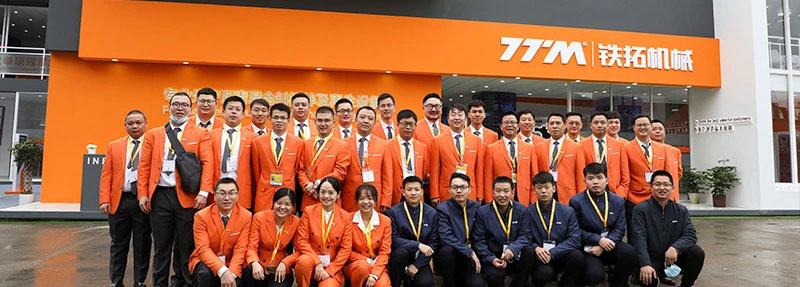Ever rolled down a freshly-paved highway and wondered how a grey, dusty rock mix turns into the smooth blacktop under your tires? The short answer lies in one piece of heavy-duty kit: an asphalt mixing plant. But what is an asphalt mixing plant, really, and why do engineers treat it like the beating heart of every modern road job? Stick around—this deep dive separates the jargon from the juice.
Breaking Down the Basics: From Rocks to Roads
In plain English, an asphalt mixing plant is a factory that blends heated aggregates (that’s crushed stone, sand, or gravel) with liquid bitumen to produce hot mix asphalt (HMA). The mixture must leave the pugmill at roughly 150–180 °C so it stays workable on the truck ride to the job site. Miss that temperature window and you’ll hear the foreman yelling, “That load’s junk, fellas!”—trust me, no contractor wants to eat that cost.
Stationary vs. Mobile Plants: Which Setup Wins?
There’s no one-size-fits-all here. Stationary plants park beside quarries for decades, pumping out 200–400 tonnes per hour; mobile plants hitch to low-boys and hop from county to county. If your project is a 5 km rural detour, lugging a 200-tonne monster hundreds of miles is overkill. On the flip side, urban mega-projects need the muscle only a stationary tower can offer. The trick is matching output to timeline, not just price per tonne.
Batch, Drum, or Continuous Mix—Does the Type Matter?
Absolutely. Batch plants weigh every ingredient to the kilogram, giving you recipe precision for airport runways. Drum mixers run non-stop, slashing energy spend and silo dwell time—perfect for long highway pulls. Continuous mix plants sit somewhere in-between, balancing accuracy with throughput. Choosing the wrong configuration is like using a sledgehammer on a thumbtack: it works, but it’s messy and expensive.
Key Components Nobody Talks About (Until They Break)
- Cold feed bins: Gate openings decide gradation; a seized cylinder here and your blend goes sideways.
- Thermic oil heater: Keeps bitumen at 160 °C. When the coil fouls, production stops—full stop.
- Baghouse: Captures 99.9 % of dust. A torn sleeve means EPA fines bigger than your kids’ college fund.
- Load-out silo: Insulated walls prevent heat loss; otherwise you’ll watch night crews refuse the load.
Environmental Myths Busted
Modern plants look nothing like the smoke-belching monsters of the 70s. Recycled asphalt pavement (RAP) now replaces up to 60 % of virgin aggregate. Warm mix additives drop fuel use 15 % and cut CO₂ emissions by roughly the same margin. So, no, owning a mixing plant doesn’t make you the neighborhood eco-villain—if you spec the right tech stack.
ROI Secrets: How to Make the Plant Pay for Itself
A mid-size 160 tph unit runs about US $2.5 million landed. Sounds scary, right? Factor in ownership of aggregate supply, lower trucking costs, and the premium you can charge for just-in-time mix, and payback hovers around 1.2 million tonnes produced—roughly two seasons on a busy state corridor. Miss scheduled oil changes, however, and that payback stretches faster than budget asphalt on a 40 °C afternoon. (Yeah, I’ve seen it happen.)
Smart Automation: The Human Factor Isn’t Gone—It’s Upgraded
PLC panels now tweak burner modulation and bitumen flow in real time, but you still need an operator who can “listen” to the conveyors. A good one can smell burnt belts before the sensor trips; a great one logs data trends each shift so you can predict failures, not chase them. Automation isn’t replacing people—it’s giving them superpowers.
Maintenance Hacks You Won’t Find in the Manual
Slap a paint pen mark on every coupling; when the line mis-aligns, you see it at a glance. Grease lines in the dead of winter? Use an infrared heat gun to spot blockages instead of popping fittings like champagne corks. And, please, rotate your screen decks—top deck today becomes guard deck next quarter. Your future self (and your budget) will thank you.
Future Trends You Can’t Ignore
Expect hydrogen-ready burners and full-electric plants within the decade. Digital twins—virtual replicas of your plant—will let you test recipes in cyberspace before burning a litre of diesel. Early adopters will bag the green-road contracts; late adopters will watch from the gravel shoulder.
So, the next time someone casually ask, “What is an asphalt mixing plant?”—yes, I let that grammar slip on purpose—you can smile and say, “It’s the silent partner on every journey you take.”

